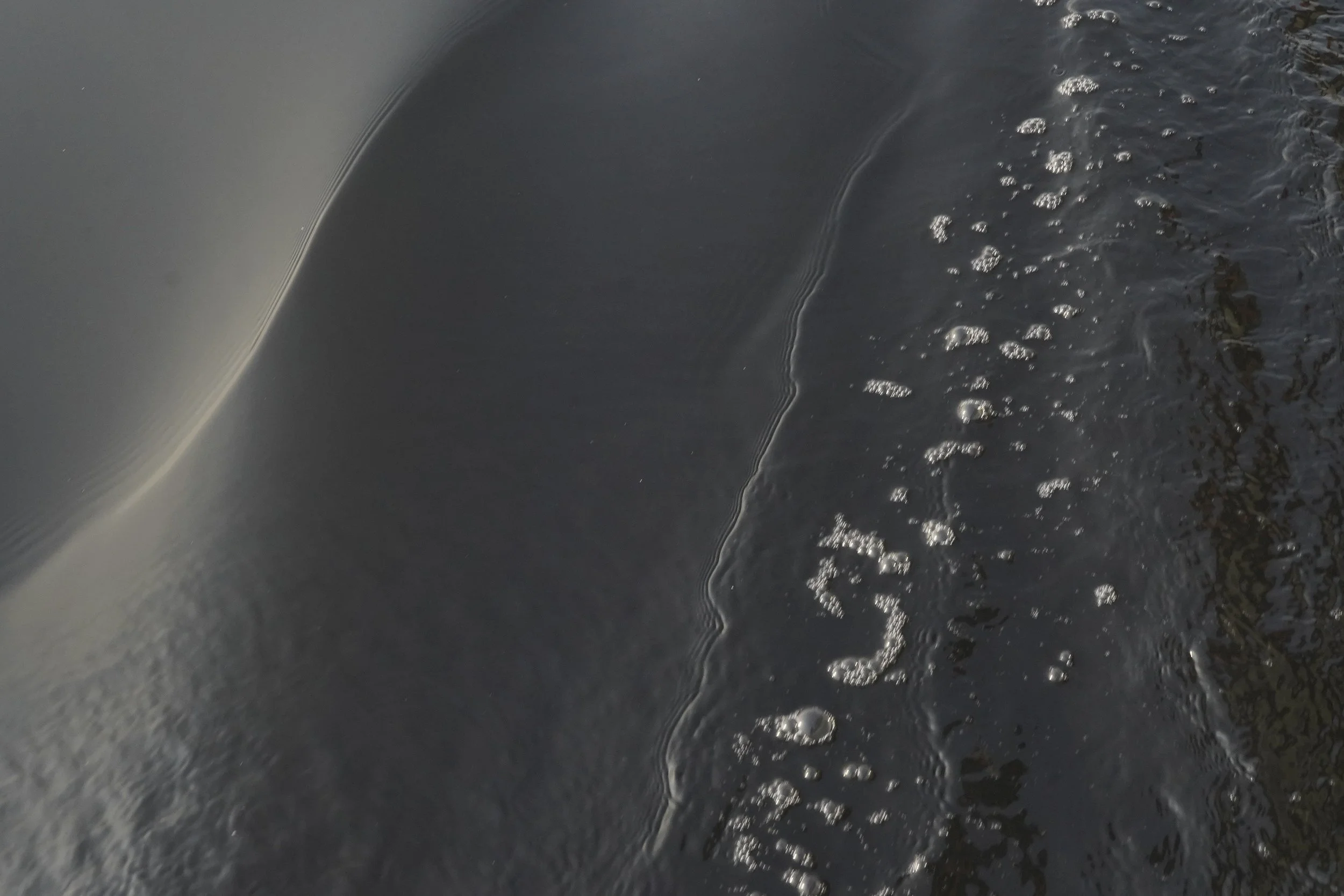Buriganga: a river or a past?
The River Buriganga used to witness festivals and local songs, surrounded by a thriving culture. In the river Buriganga, the boatman sang songs while people on both sides shared their stories. Now we do not find that boatman singing in tune with nature; we have lost that and many other stories on the banks of Buriganga. Due to unplanned urbanisation, industries, and industrial wastes, the once lively Buriganga River is dead, and people who grew up around it no longer have lively childhoods. Rapid population growth and unplanned urbanisation have polluted Buriganga's environment. Waste from the people of Dhaka city is thrown into this river; the river has an inter-relationship with the drains of the city. The river's pollution is further exacerbated by the movement of boats, which transport passengers and supply raw materials to various industries. The burning of these boats also contributes to Buriganga's pollution. The colour of the river's waves has changed to black or other chemical colours, and the waste is carried away by the current.
The project aims to explore the theme of non-human and unspoken testimony, giving voice to the river and those who use it. It will initiate a broader conversation in response to their testimony.
Kauser Haider graduated from the Pathshala-South Asian Media Institute and is now a visual practitioner, documentary photographer, and filmmaker based in Bangladesh. He loves to work on personal and private issues close to him to touch the gap between his internal and external worlds, mainly using images and moving images. He works with cinema posters and archival images, using multiple exposures and limited edition artist books.


